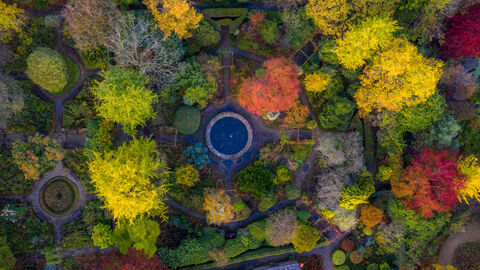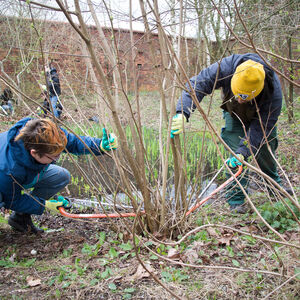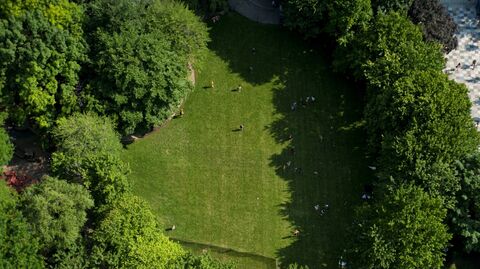
Green Space Index
Our Green Space Index (GSI) is a unique data tool designed to track and analyse green space provision across Great Britain.
Headline findings
Every year we take a closer look at our parks and green spaces to see which areas don’t have enough or don’t have good access to them. By reporting how that is changing over time we can identify where more action needs to be taken.
What we’ve learnt
Thanks to the Green Space Index, we now know there are more than 6 million people across Great Britain who do not have access to a park or green space within an easy ten-minute walk from home. We also know that this is increasing every year, and that it tends to be the most deprived communities that are most affected.
As our population continues to grow, we estimate that an extra 4,000 new parks and green spaces will need to be created by 2033 just to maintain current provision levels. But, due to housing pressures and budget cuts, the amount of green space is actually expected to decline substantially over the next 20 years.
We need to act fast. Not only to prevent the loss of our existing parks and green spaces but to encourage planners and policymakers to prioritise the creation of new ones.
How we use GSI data to effect change
By providing data-led insights, the GSI plays an important part in our efforts to influence planners, landowners and policymakers to take action to save our parks and green spaces for good.
We also use this data when engaging with landowners. By showing the need and value of green space in their communities, we secured groundbreaking commitments from Liverpool City Council, City of Edinburgh Council and the County Borough of Wrexham to protect their portfolios of green space for good.
Read our Frequently Asked Questions.
Throughout the pandemic the huge value of green spaces to local communities has been underlined, and going forward parks should be embraced as an important part of our collective recovery. The Green Space Index will provide a key tool for Local Authorities to identify inequity of access to green spaces, and to protect them for communities now and in the future.
You might also be interested in...

What we are working on
Dive into the details of how our work has benefited communities just like yours, by learning more about our extraordinary protection programmes.

How we protect parks and green spaces
Discover how Fields in Trust is positively transforming how we protect, support, and champion these precious places.

Get Involved
Explore the many ways you can get involved to help protect the future of our parks and green spaces.

Whilst you're here…
Please help us to protect parks forever. 94% of British parks could be at risk. With your help, we can ensure they will always be there for you and your loved ones to enjoy. Please consider making a donation towards our important work.
